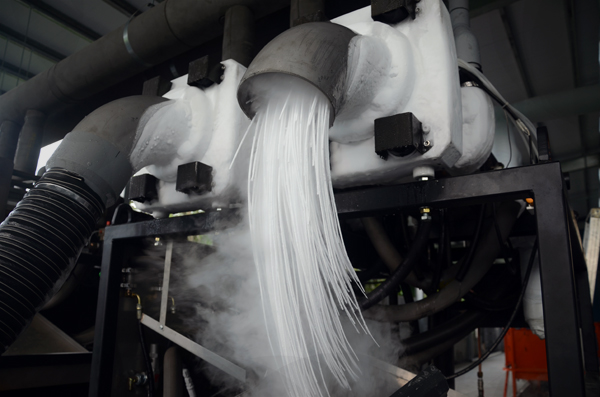|
|
Dry Ice

Dry ice is the solid form of carbon dioxide (CO2). Carbon dioxide only becomes solid at very low temperatures (-78℃/-109.3℉). A special property of solid carbon dioxide is that when it warms up, it bypasses the liquid phase and turns directly into gas, hence the name “dry ice.” This property of dry ice means it is extensively used in low-temperature transport.
【Industry Applications】:
● Low Temperature Transportation:
| Dry ice can effectively extend the duration of low-temperature environments as it is colder than dry ice. The physical properties of dry ice can therefore be exploited to keep items at a low temperature for a longer period of time during transportation so they don’t spoil. |
●Cleaning
| Dry ice can be used for cleaning all kinds of industrial equipment or machinery. Unlike conventional cleaning methods that may lead to concerns of secondary contamination, dry ice not only cleans the object completely but also ensures that the equipment is not damaged or contaminated during cleaning |
●Food
| Dry ice can be used for food displays or added to soda to make dry ice soda. |
●Stage Effects
| When dry ice heats up it combines with water vapor in the air to form tiny droplets that create a smoke effect. It is often used in performance venues as special effects. The results can be quite dramatic under proper lighting. |
●Airline Catering
| Dry ice’s property of evaporating directly without passing through a liquid phase makes it very well-suited to keeping food fresh at low temperatures in airline catering and transportation applications. |
|
|
|

